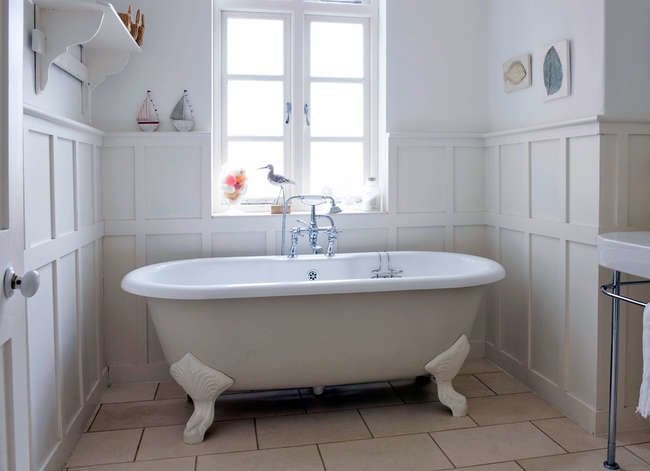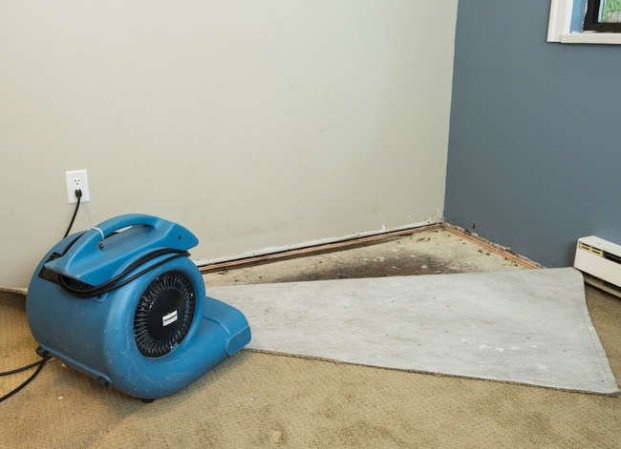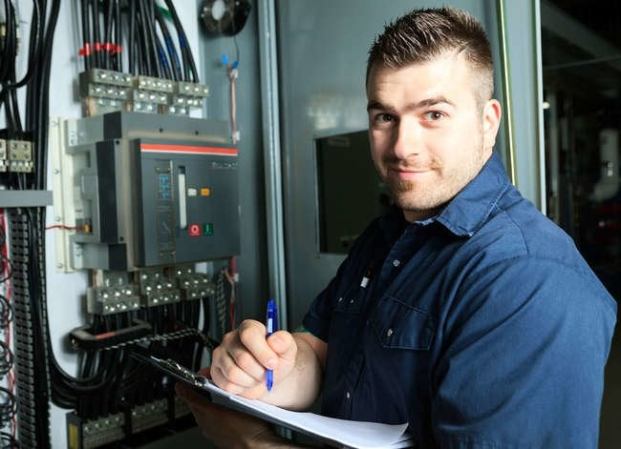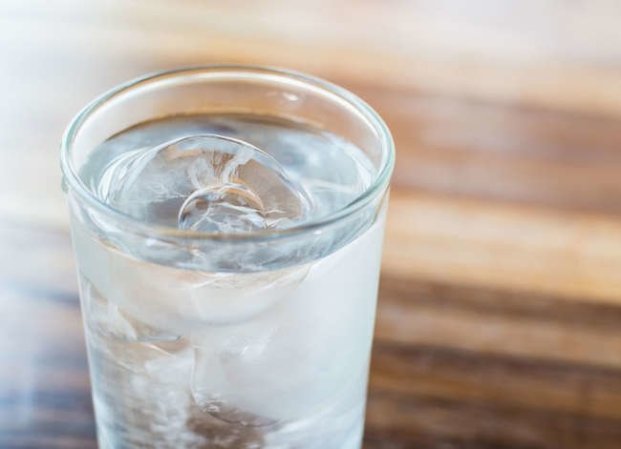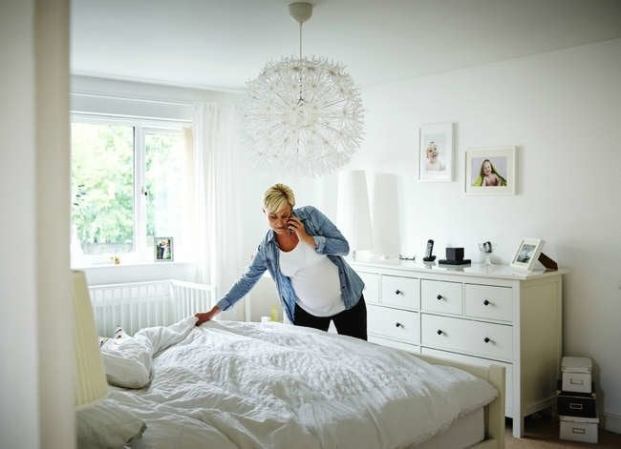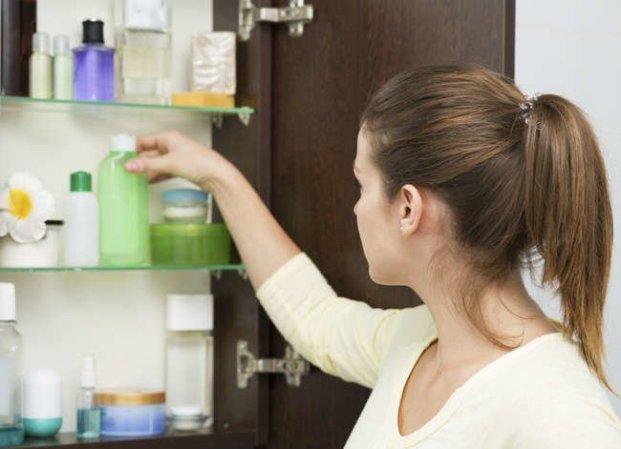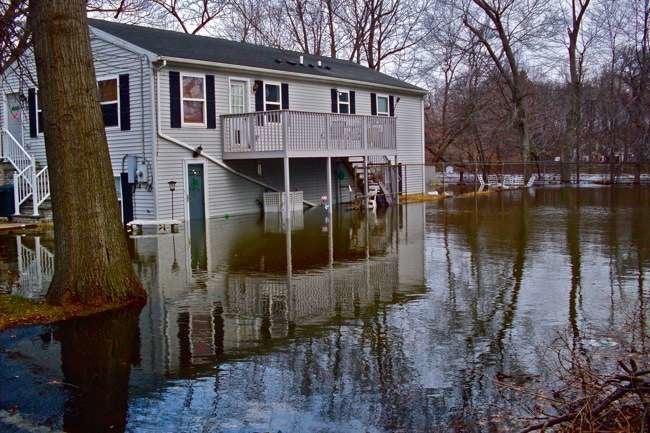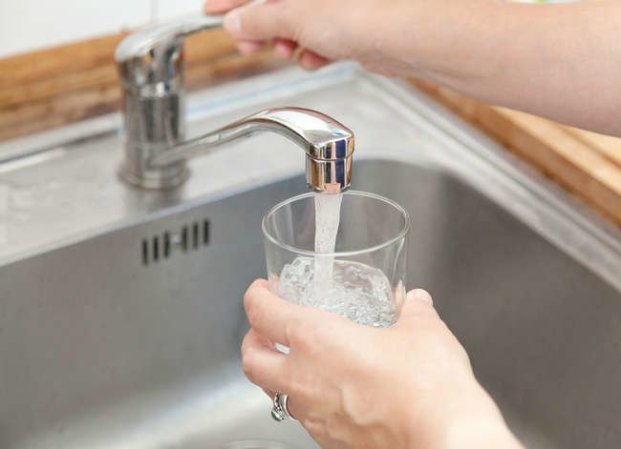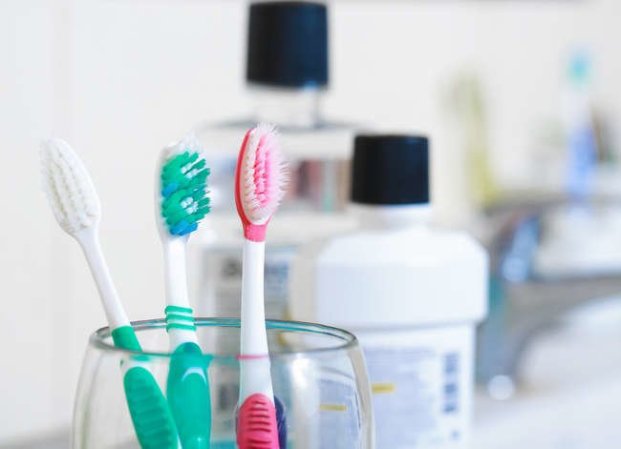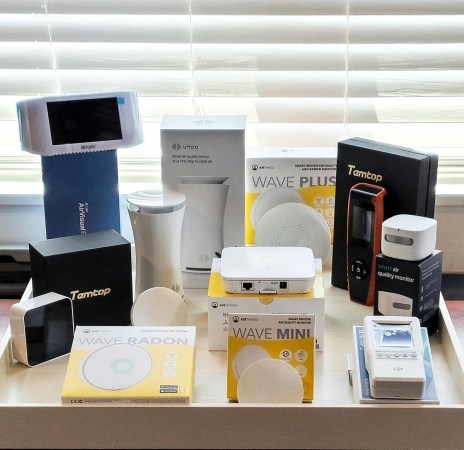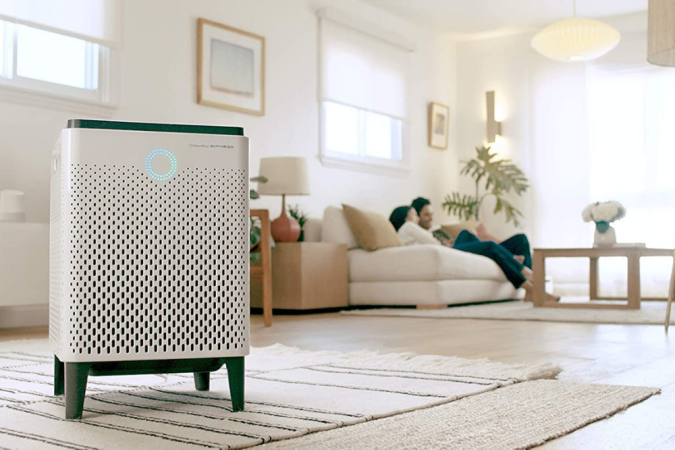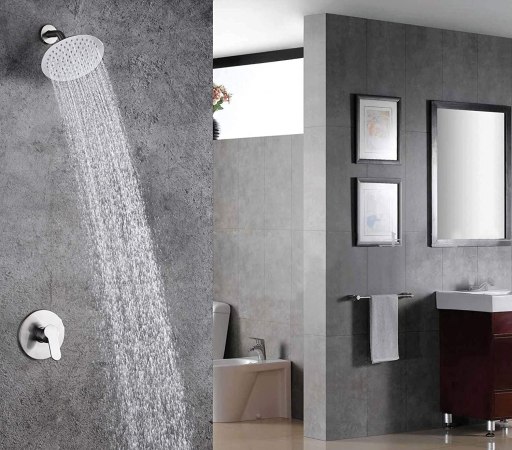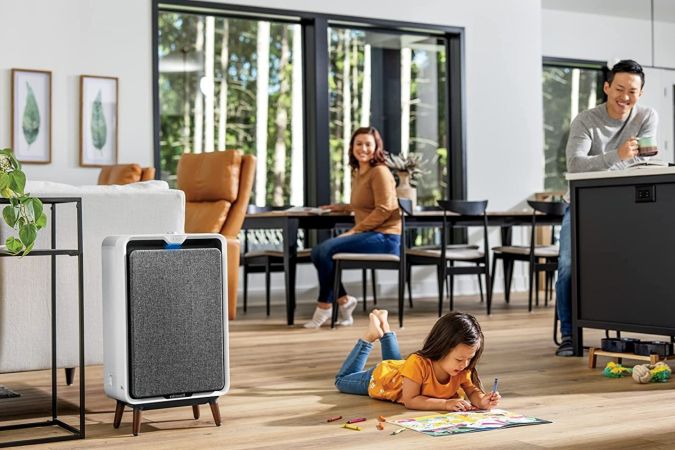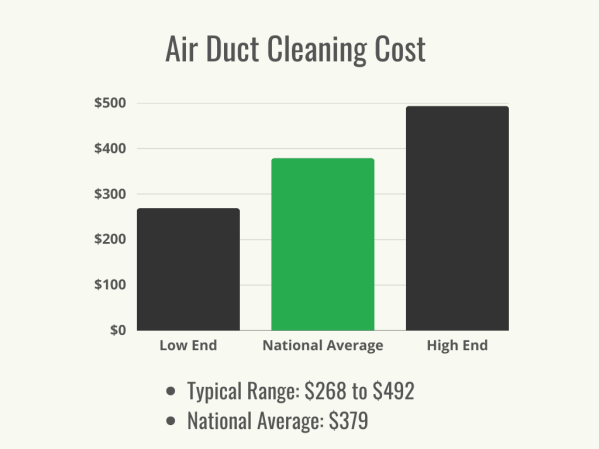We may earn revenue from the products available on this page and participate in affiliate programs. Learn More ›
Mold
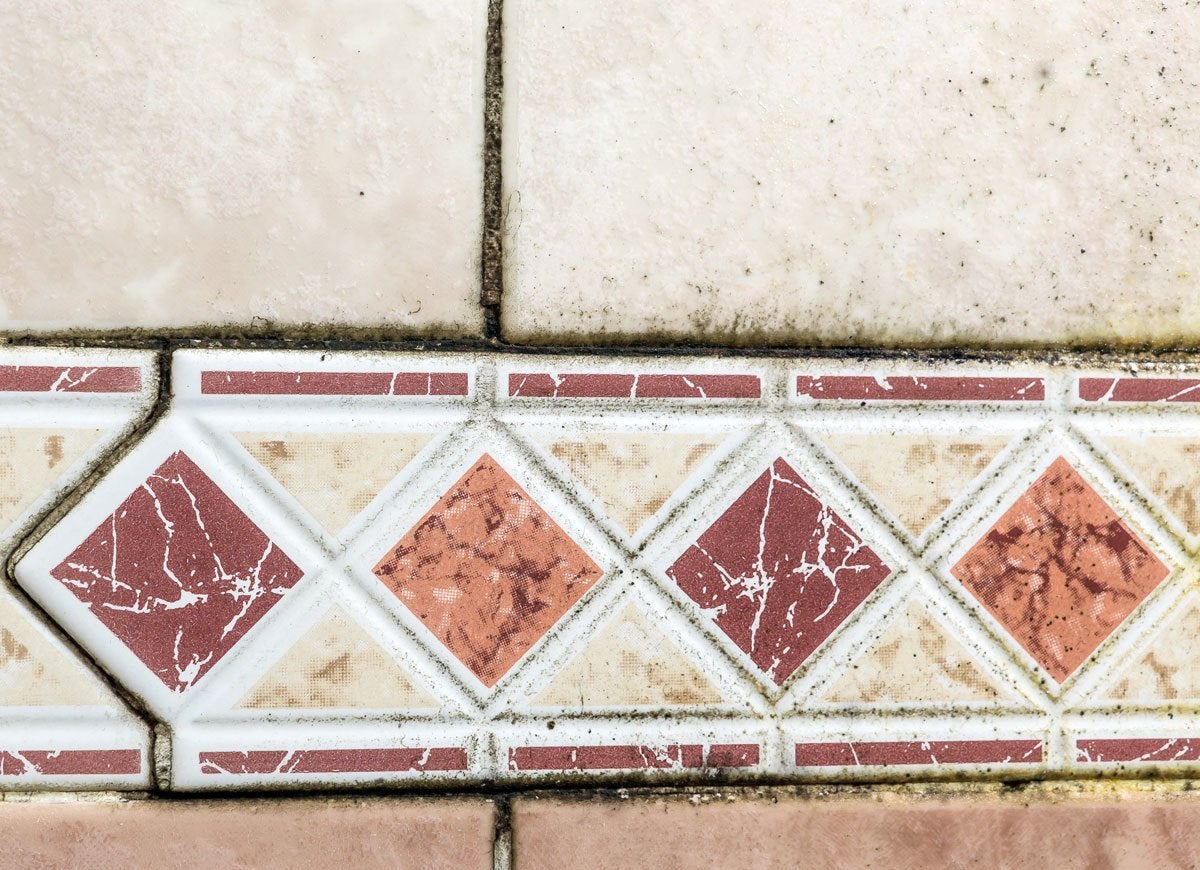
With a daily influx of humidity, bathrooms are a prime locale for mold. You can often see it in the grout between tiles or along caulk lines, but it can also grow out-of-sight behind walls and ceilings, under floors, or inside ductwork. Prevent the buildup with proper ventilation, including dehumidifiers, fans, and open windows.
Related: Allergy-Proof Your Home in 7 Steps
Soap Scum
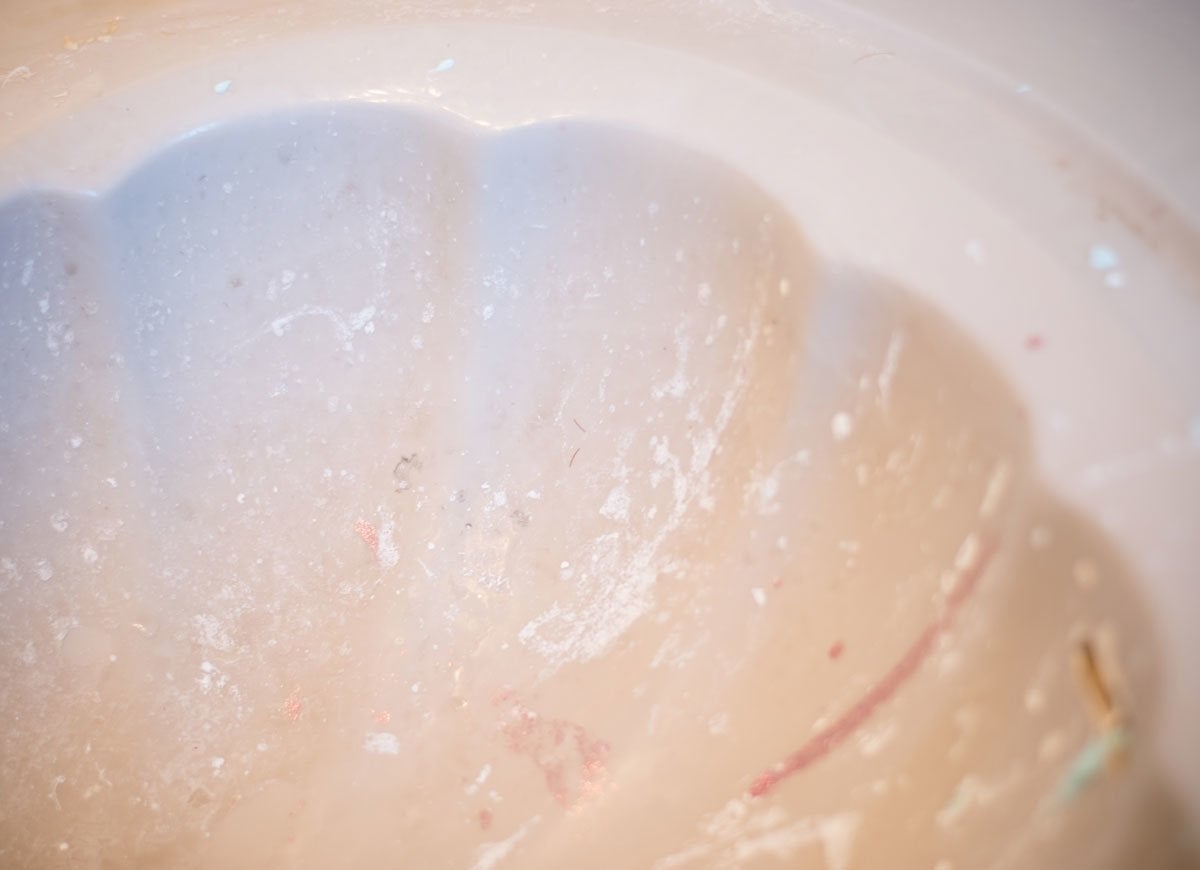
Neglecting the tub isn’t just unsightly—that slimy buildup can lead to slips and falls while bathing or getting in and out of the tub. The bathroom is the leading location for unintentional injuries, especially for older people, so in addition to keeping the tub or shower floor clean, consider adding non-slip strips to the floor or installing grab bars to decrease the risk of injury.
Termites

If you have kids that are splashing around in the tub, beware that the liquid can get under the flooring and into the structure of the house. Especially on the ground floor, this creates a virtual feeding ground for termites. Prevent an infestation with regular inspections and by sealing any cracks in the flooring to keep the water safely on the surface.
Related: 10 Bugs That Are Living in Your House—and How to Get Them Out!
Air Fresheners
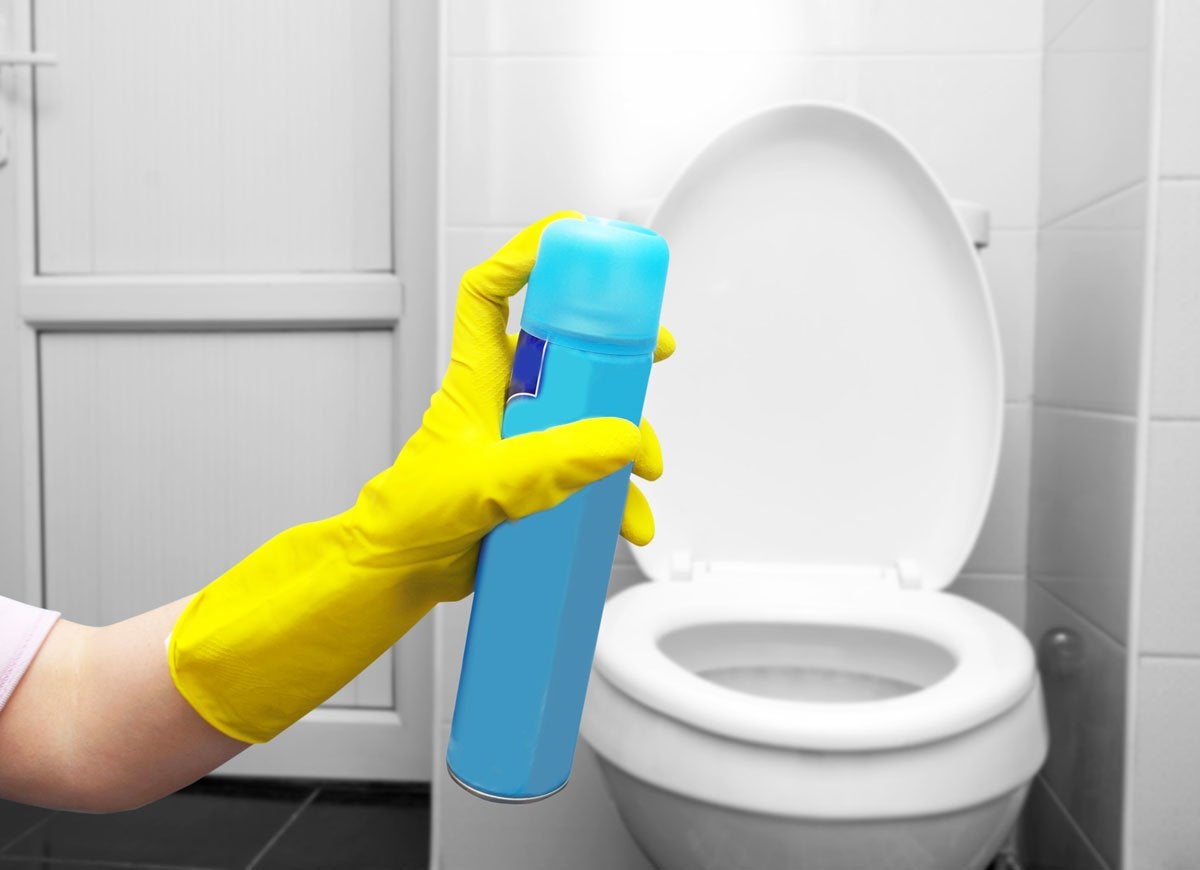
Everyone knows what happens in the bathroom—but covering up the scent with an air freshener may do more harm than good. Some sprays contain VOCs and cancer-causing chemicals such as benzene and formaldehyde. If it stinks, open a window or turn on a fan.
Flexible Vinyl Flooring
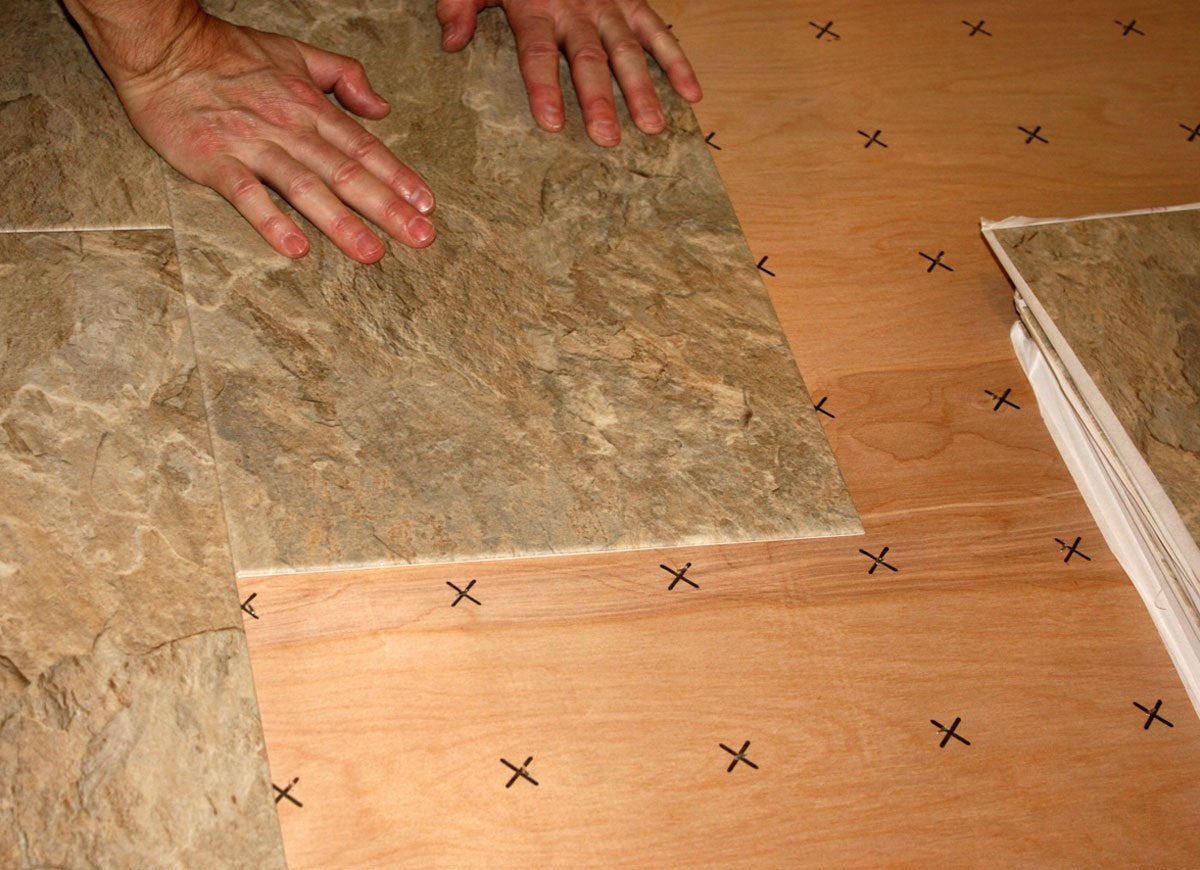
Sure, it’s a quick upgrade, but some vinyl flooring contains phthalates, a volatile compound often used to make plastics more flexible and durable. This chemical releases into the air and household dust, especially in enclosed areas, and high levels of phthalates have been linked to asthma and allergies in children.
Bathroom Cleaners
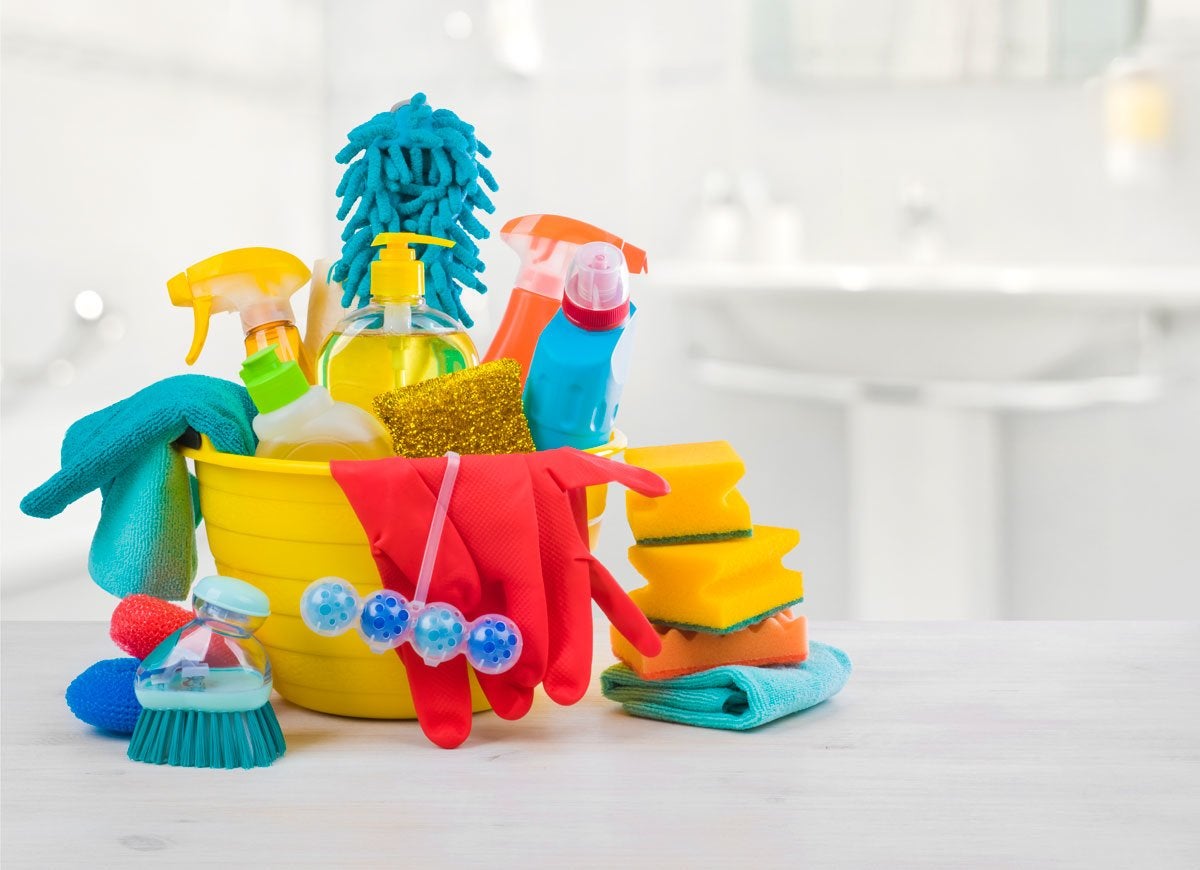
It’s tempting to use the super-duper strongest cleanser you can find, but some commercial cleaners contain chemicals that can irritate the eyes and skin or emit dangerous fumes. Instead, look for cleansers certified as the Safer Choice by the EPA, or make your own from non-toxic products like vinegar, borax, and baking soda.
Hairballs
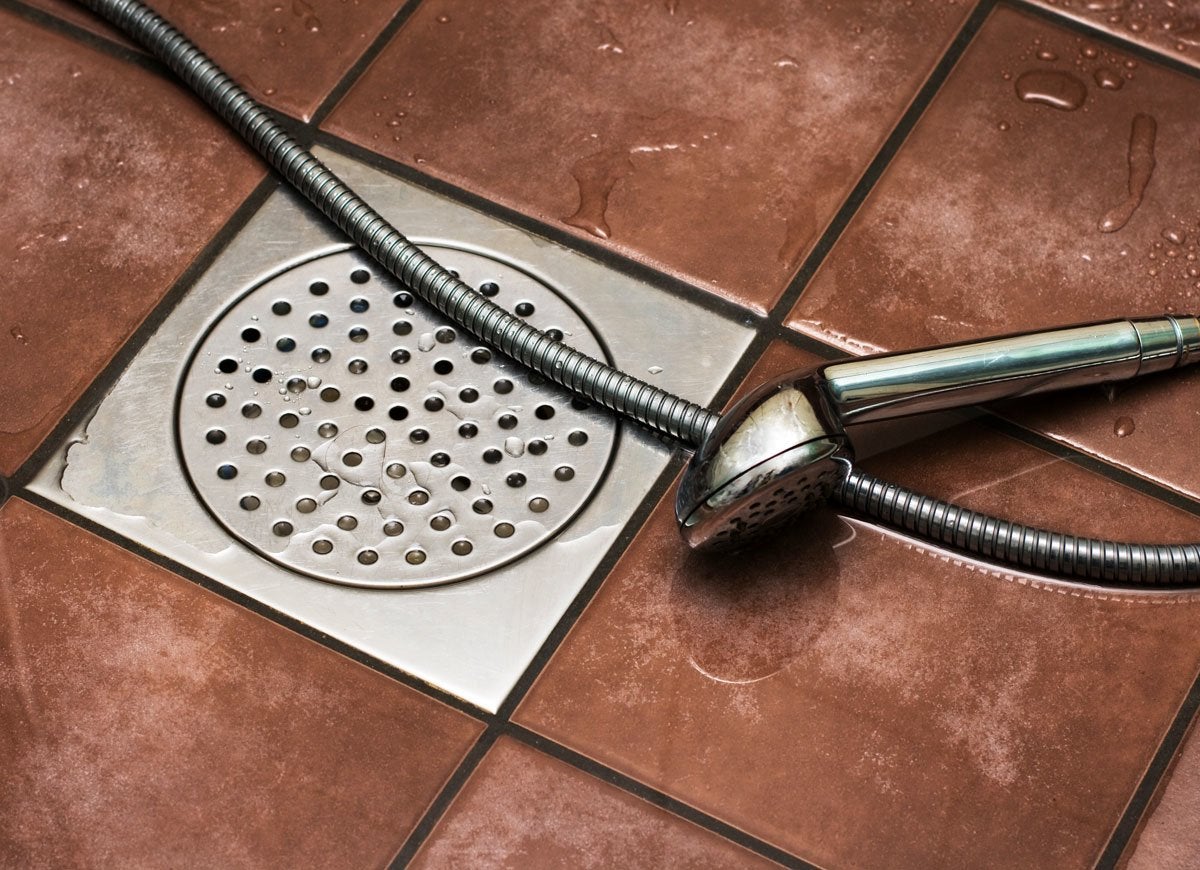
Over time, your beauty routine—including all the hair, products, and dirt you wash down the sink—can clog up the pipes. At an inopportune time, a clog can lead to an overflow in the sink or tub that causes water damage through the rest of the room. To prevent it, run a snake through the pipes anytime the draining starts to slow.
Antibacterial Soap
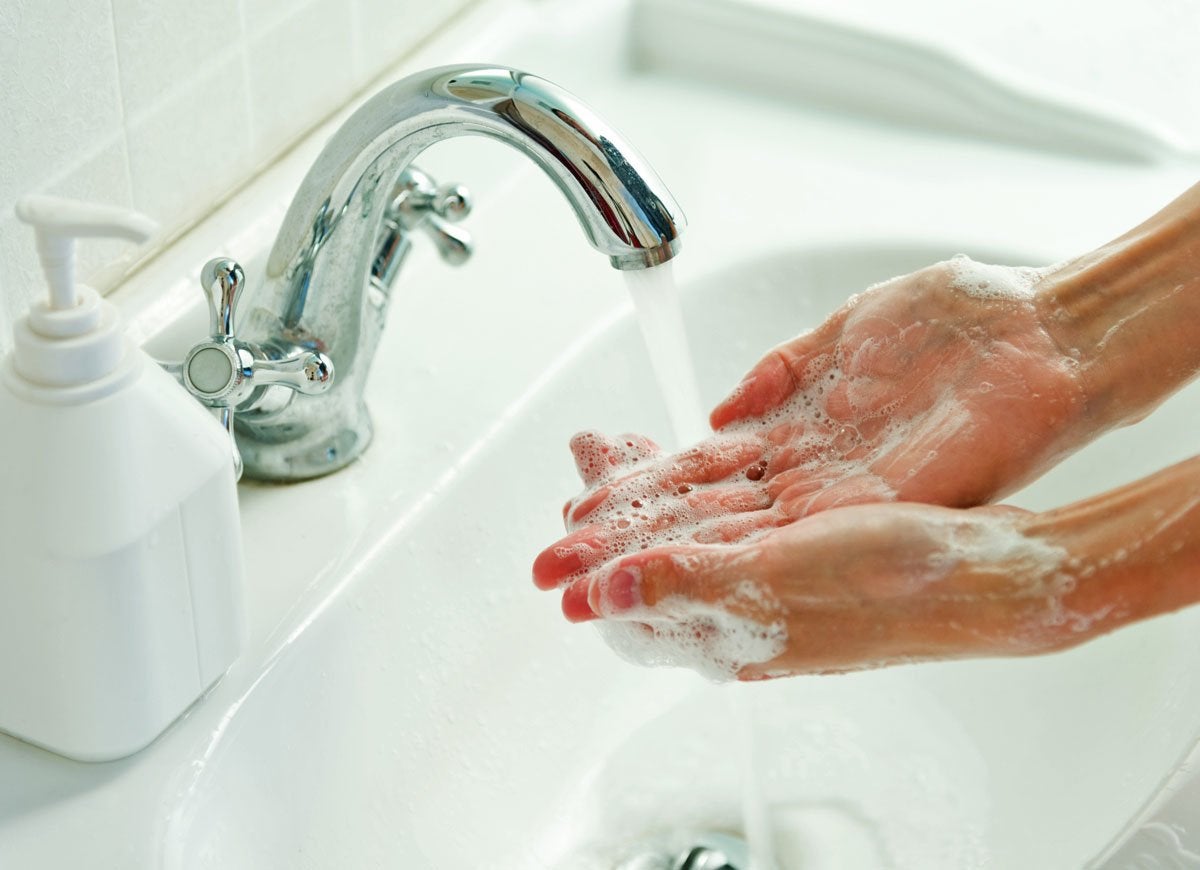
Many soaps marketed as antibacterial or antimicrobial contain additives like triclosan and triclocarban, which have been linked to afflictions from allergies to hormone disruption. And the kicker: They don’t actually get your hands any cleaner than vigorous washing with regular soap and water. Skip ‘em!
Lead
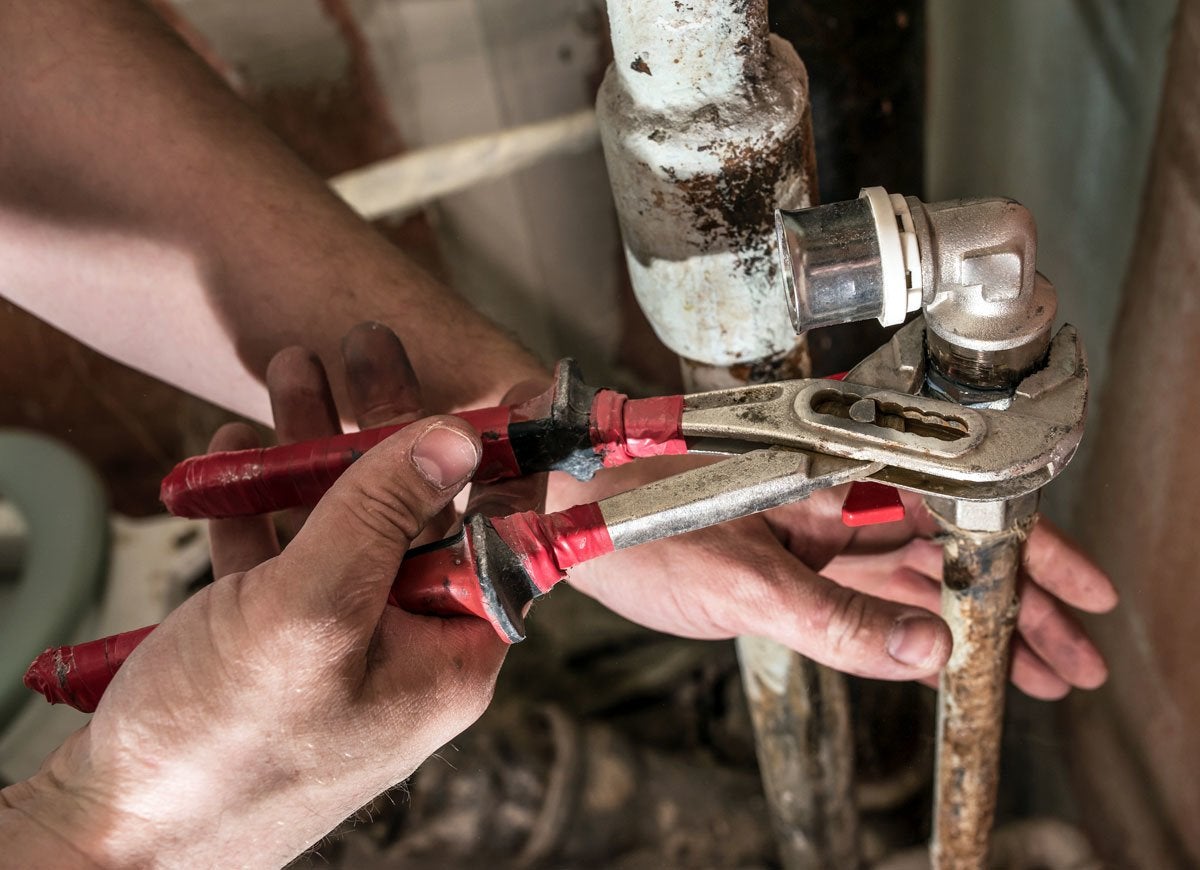
Corroded pipes or ones connected with lead solder can leach this dangerous metal into your water, leading to elevated lead levels in the bloodstream, which is particularly harmful to children and pregnant women. Fortunately, water is heavily regulated by the EPA, so if your home’s plumbing has been updated in the last 30 years, you’re probably in the clear. If there’s any doubt, call your local utility to have it tested.
Too-Hot water
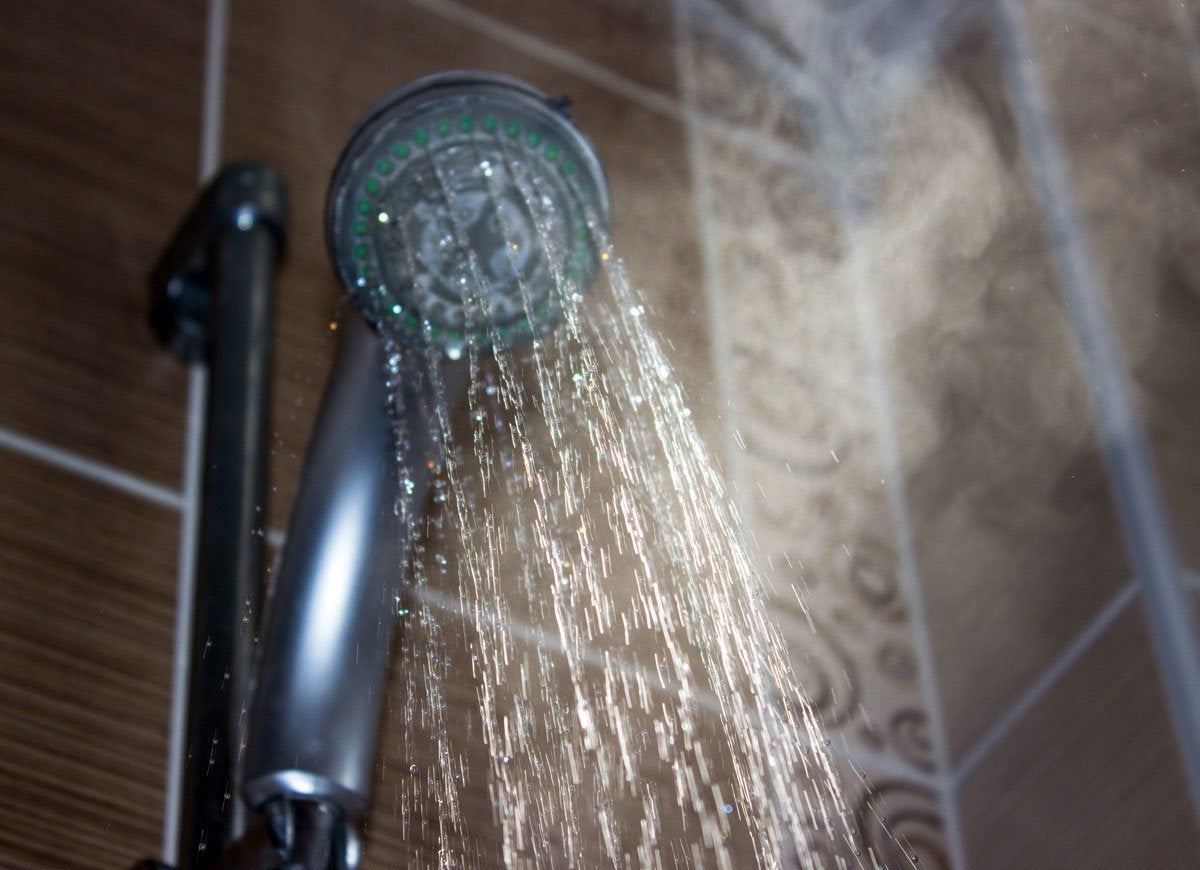
Keeping your water heater set too high can leads to burns and scalding, particularly for children or the elderly, who have slower reaction time when encountering too-hot water. While some tank manufacturers recommend keeping the water set at 140 degrees, the EPA suggests setting it to 120 degrees, which is less of a risk–and can save you up to $61 a year in energy costs, too.
Your New Tub
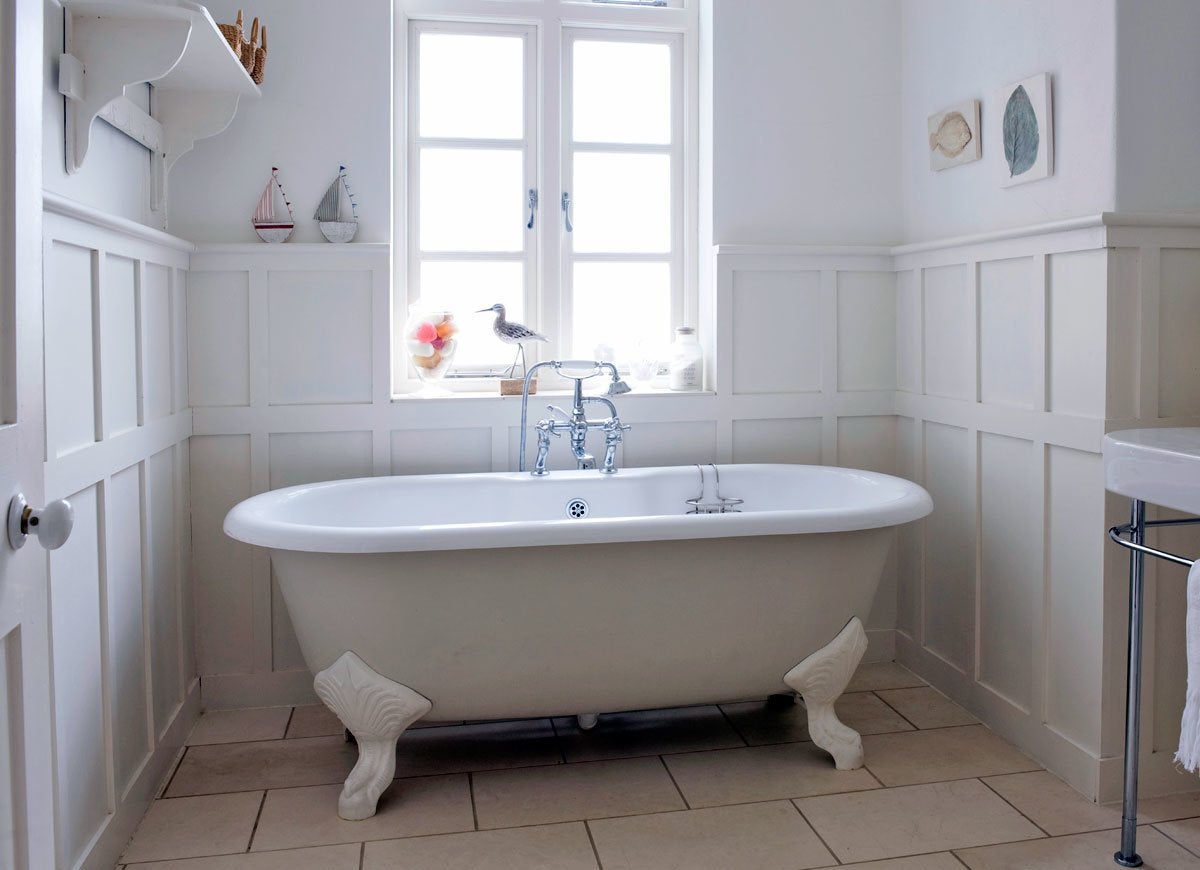
If you’ve just had your tub refinished, beware! The reglazing process off-gases a chemical called methylene chloride, which can cause minor irritation like dizziness, fatigue and headaches—or at its worst, chemical burns. So if you’re having someone redo your tub, be sure to keep the bathroom well ventilated for a couple of days after it’s done.
